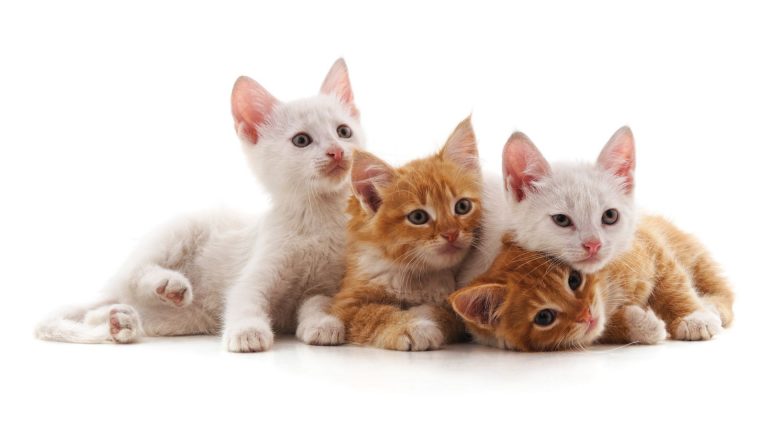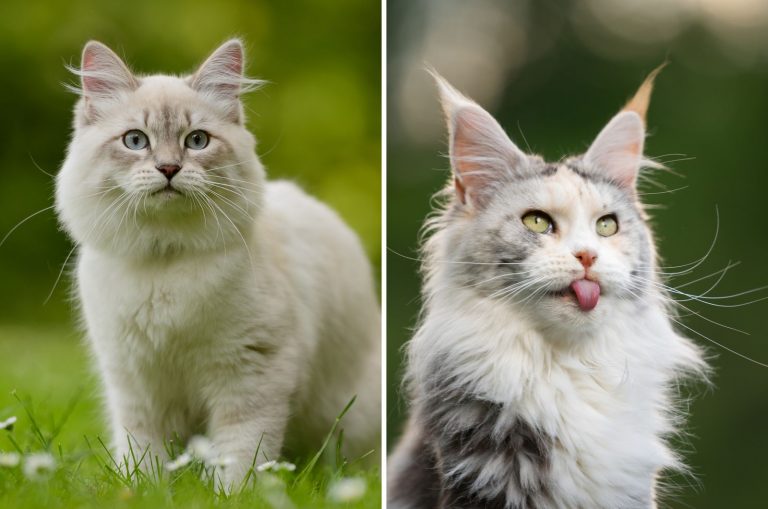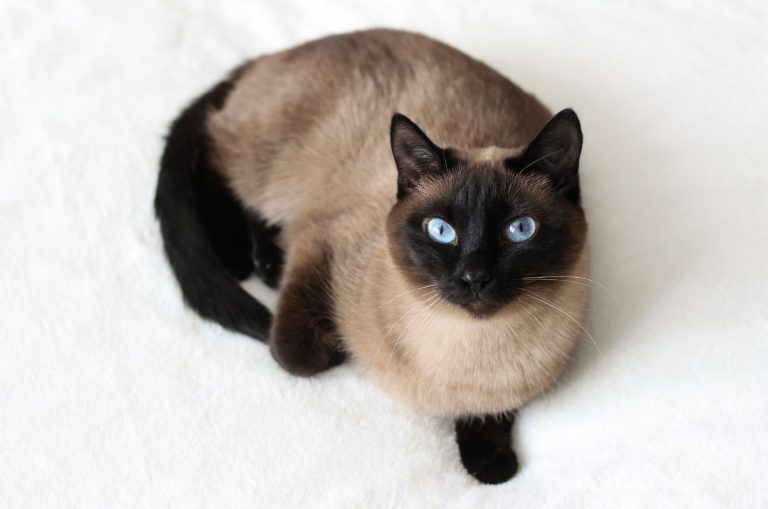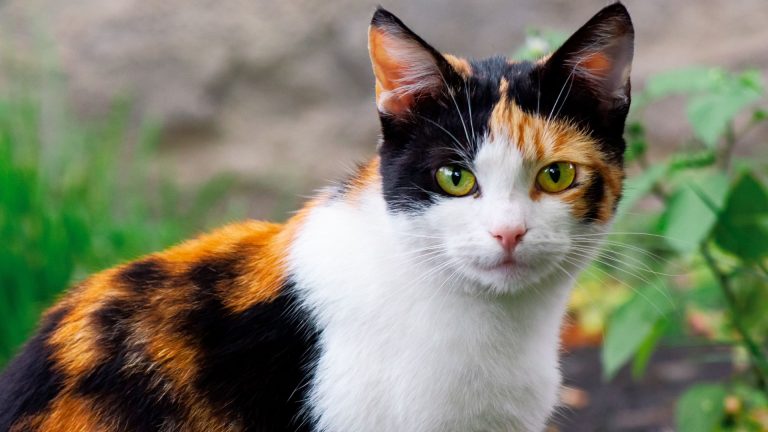What Is A Bengal Cat’s Lifespan? Health Overview
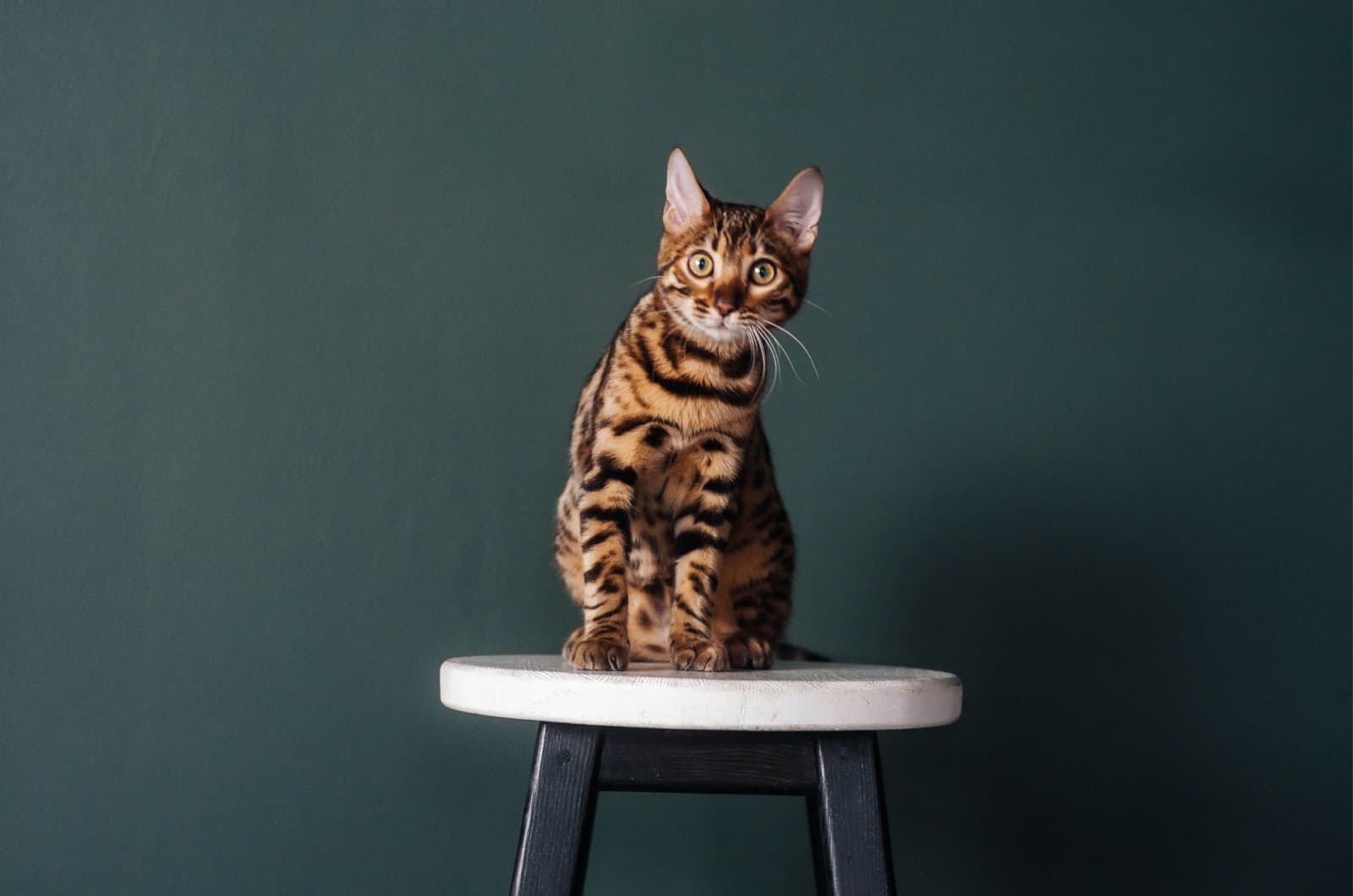
The Bengal cat breed is an exotic cat with an incredibly unusual appearance and special temperament. What makes these cats so popular among cat-lovers is that they look very similar to wildcats.
So, what should you know about this breed of cat? A cat’s health is the most important thing to consider, so it’s good to know what the healthcare needs of a particular breed might be before committing to it..
This article will give you everything you need to know about the Bengal cat lifespan and the breed’s health overview, and it will even provide you with tips on how to improve your Bengal cat’s life expectancy!.
Read on to find out everything you need to know about the life of Bengal cats.
What Is A Bengal Cat’s Lifespan?
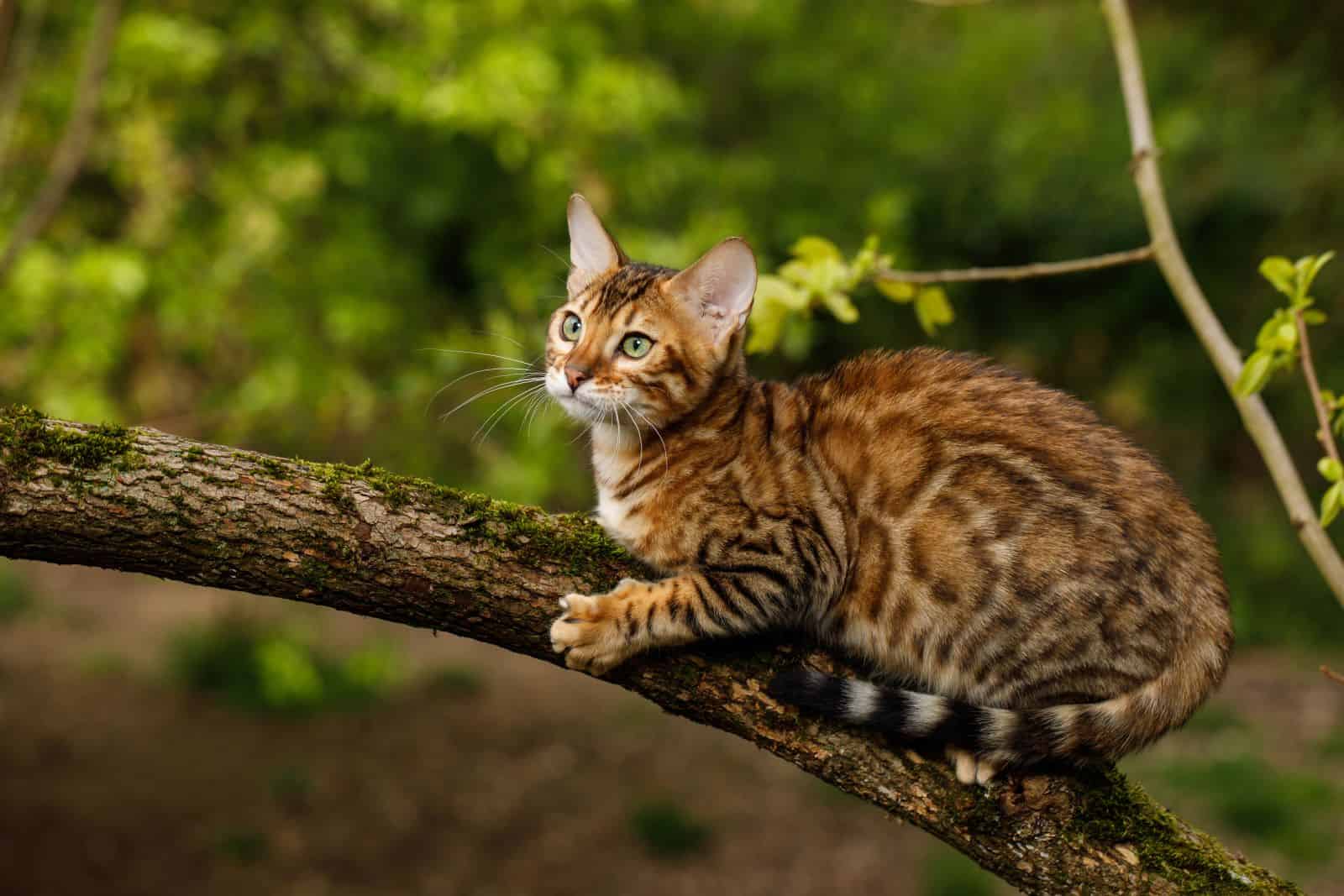
Cat lovers are crazy for Bengal cats, and it’s hardly surprising! If you haven’t seen a Bengal cat before, you’ll soon understand why everyone is obsessed with them once you see one.
However, it’s not just the appearance of these cats that attracts cat lovers, but their personalities. Of course, it is important to ask, how long do Bengal cats live?
Bengal cat owners are very lucky, not only because they own a Bengal cat, but because they have the opportunity to spend an average of 12 to 20 years with these gorgeous felines.
A Bengal cat lifespan may depend on several things, but mostly on the cats’ health condition. Some Bengal cats may live longer than others, but the crucial thing here is that they usually live longer than most domestic cats.
Read on to find out which health problems the breed is prone to and how they can influence the average lifespan expectancy of a Bengal cat.
This article will also provide you with tips on how you can improve your Bengal’s health and wellness, so that you two can be best friends for a long time!
Who Has A Longer Lifespan: Outdoor Or Indoor Bengal Cats?
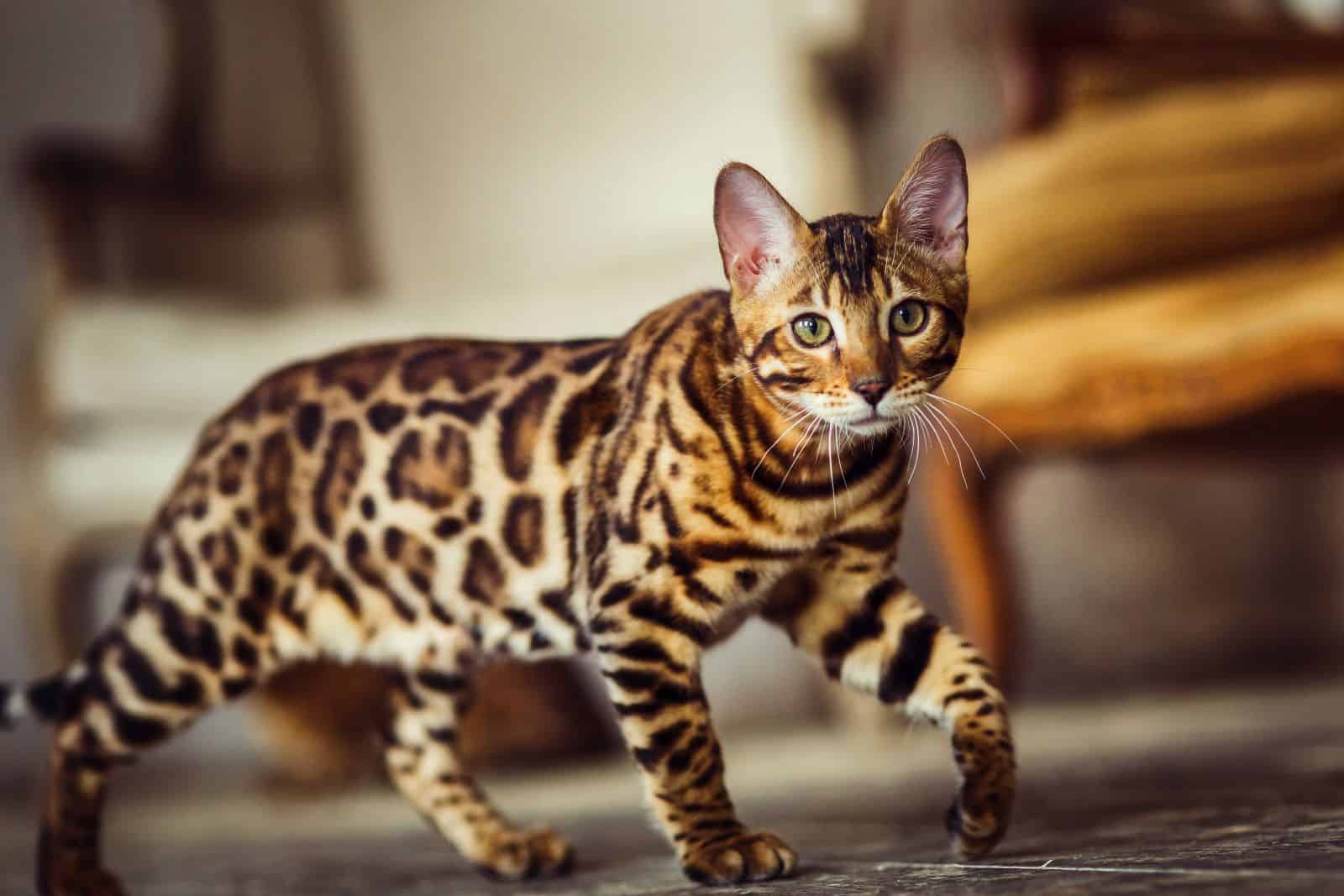
Bengal cats have quite a long lifespan and they may reach even 20 years without any problems. However, is that long life more typical for outdoor or indoor cats? Does it matter? Who has a longer lifespan?
When comparing outdoor and indoor Bengal cats, indoor ones have a longer life expectancy than outdoor cats. This is typical of most cat breeds.
Indoor cats live longer because they’re not exposed to the same external risks as outdoor cats, therefore their lives tend to be safer.
However, Bengal cats are felines with an extremely high activity level, which means that even though they can be house cats, they still need a big yard or something like that where they can spend their exercise time.
That being said, outdoor Bengal cats have much shorter lives compared to indoor ones. They may reach an average of approximately 12-15 years if they’re in good health.
Most Bengals that live outdoors have a higher risk of injuries or even death at a young age due to environmental risks.
You might also like to know if the Savannah is the only domestic cat that looks like a leopard!
An Overview Of The Bengal Cat’s Health
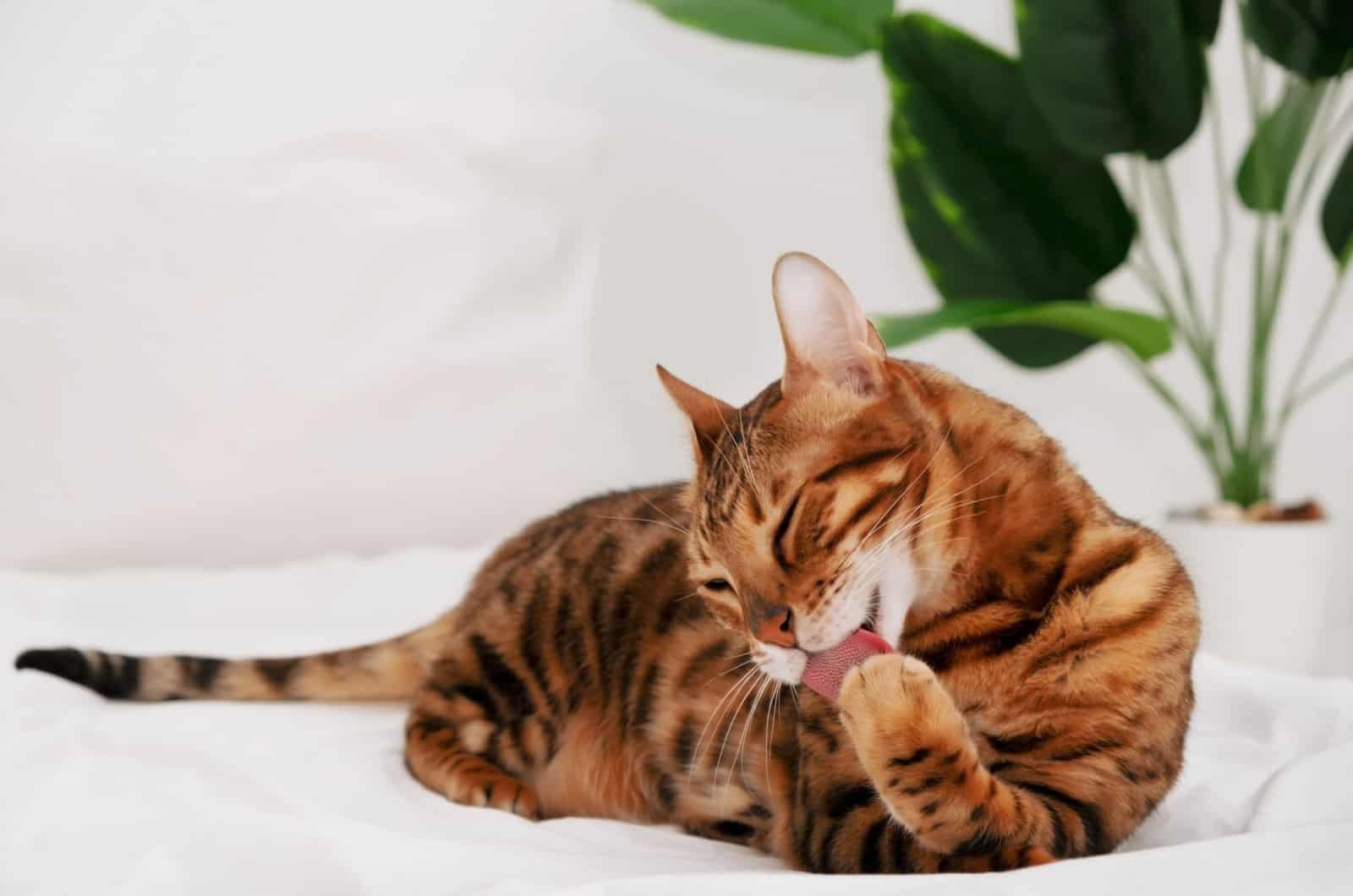
A cat’s health condition plays an important role when it comes to their lifespan.
Therefore, if you have a Bengal cat, it’s very important to know which health problems are characteristic of this breed and how to take care of your furry friend in order to prevent these issues from developing.
So, keep reading and check out these health issues that are common for Bengals!
Health Issues That Are Common For The Bengal Cat Breed
Hypertrophic cardiomyopathy
One of the health issues that is characteristic for Bengal cats are heart issues, specifically hypertrophic cardiomyopathy (HCM). This condition causes thickening of the heart muscle.
Unfortunately this is a genetic disease that may lead to the development of various heart issues, and it may even cause death.
Because of that, it’s highly important to buy a Bengal kitten from reputable breeders, or to test the kitten for genetic disease at your own cost.
Erythrocyte Pyruvate Kinase Deficiency
This is a genetic disease also known as hemolytic anemia, and it occurs in many cat breeds, including Bengal cats.
This disease usually causes symptoms such as weight loss, weakness and lethargy, jaundice, and similar.
This disease can be screened for, so it’s important to look for Bengal kittens only from reputable breeders as they should always test their cats for genetic diseases, or you can test it on your own.
Allergies To Anesthetic
Many Bengal cats are allergic to anesthetic. This can be very risky, especially when performing spaying/neutering procedures or other surgeries.
While carrying out these procedures, the vet needs to be very careful and the cat needs to be checked all the time.
Progressive Retinal Atrophy
Progressive retinal atrophy (PRA) is an eye condition that attacks the photoreceptor cells. It’s very common in purebred cats, including Bengals, and the sad part is that it can lead to blindness.
Because of this and similar genetic diseases, genetic testing is very important for breeding programs and future kittens’ health.
You might also like to know the answer to which cat breed is better – Bengal or Savannah?
How To Improve Your Bengal Cat’s Life?
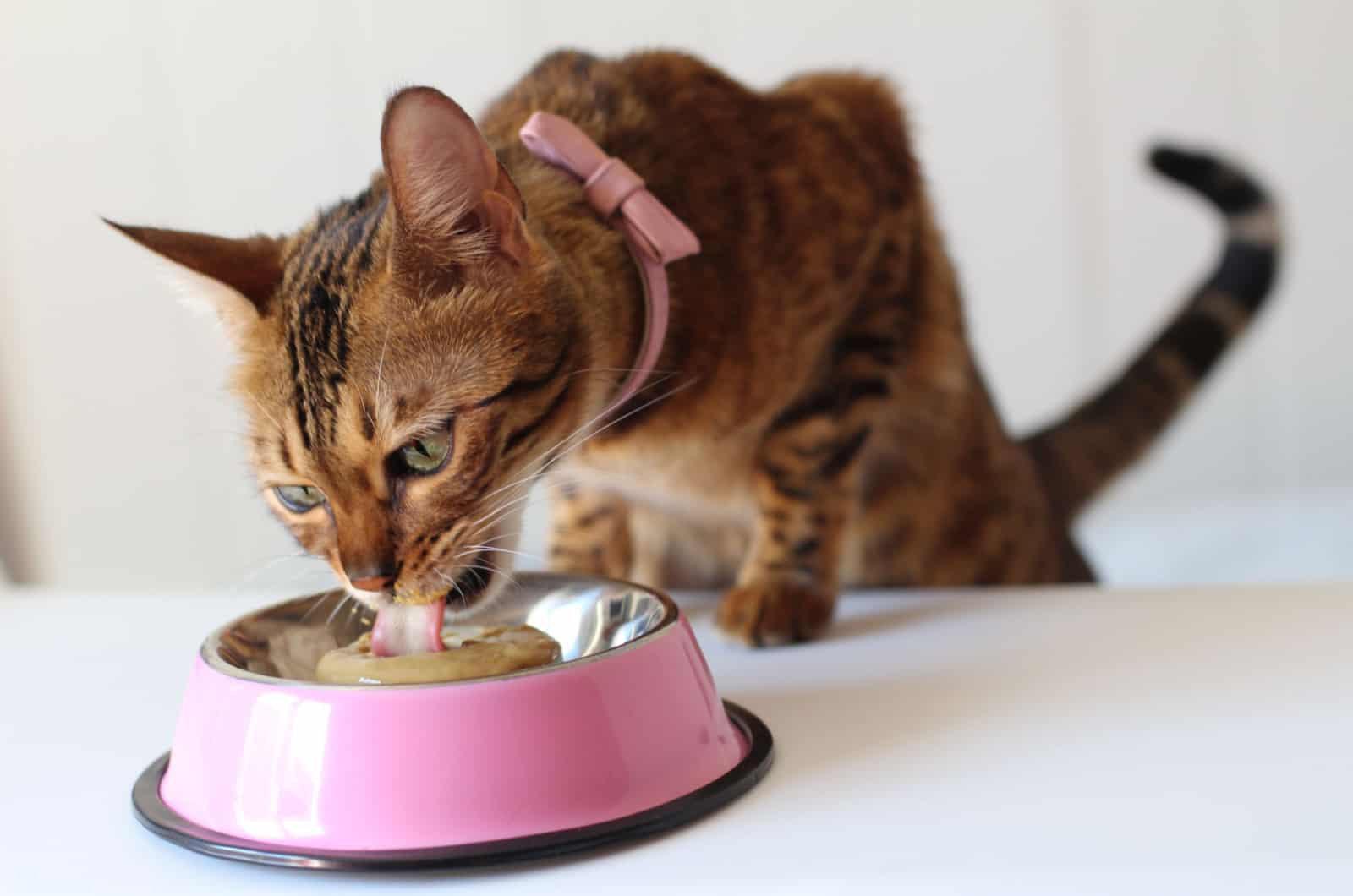
There are several things that you need to pay attention to if you want your Bengal cat to have a high-quality life in good health so that it has a long and happy life.
Top-quality Diet
Bengal cats are bigger than the average domestic cat. So, in order to keep them healthy and in good shape, you need to pay close attention to their diet.
Diet plays an important role in the Bengal cat lifespan. It’s crucial to feed the Bengal cat top-quality cat food that is based on animal protein and delivers the nutrients that are necessary for the cat’s overall health.
Make sure you feed your Bengal cat several times a day with smaller meals. Moreover, it is best to provide them with both wet and dry food.
Wet food will provide them with the necessary nutrients, but it will also keep them hydrated because it’s high in moisture.
On the other hand, dry food is good for their dental health and many other things, which is why it’s important to combine these two food types.
If you’re not sure which food to use and how, you can always consult with your vet and they may help you to create the optimal feeding schedule for your Bengal cat.
Proper Exercise
As mentioned previously, these cats are highly active, which means that they need a lot of exercise and attention.
Even though these cats can be good pets in an apartment, it’s better to provide them with outdoor space where they can exercise and have some play time.
If you’re in an apartment, then you can leash train your Bengal and take them for a walk.
If you do that, remember to keep them close and not let them off the leash as they can easily become injured or poisoned while wandering around as a result of hazards and pollution in the environment.
Never neglect the needs of a Bengal cat because it can only lead to negative consequences for you and the cat. Instead, make sure you interact with your playmate at least once a day.
It is a good idea to provide your Bengal cat with interesting toys that will keep them occupied for most of the day.
Check Your Feline For Genetic Diseases
Genetics plays an important role when it comes to the risks of developing certain health conditions in the future. Again, it’s very important to buy a Bengal kitten from reputable breeders who usually test their breeding cats and kittens for genetic diseases.
Every cat that turns out to be positive to certain genetic diseases should be removed from the breeding program in order to prevent more kittens being born with the same health issues.
Take Your Cat To Regular Vet-Checks
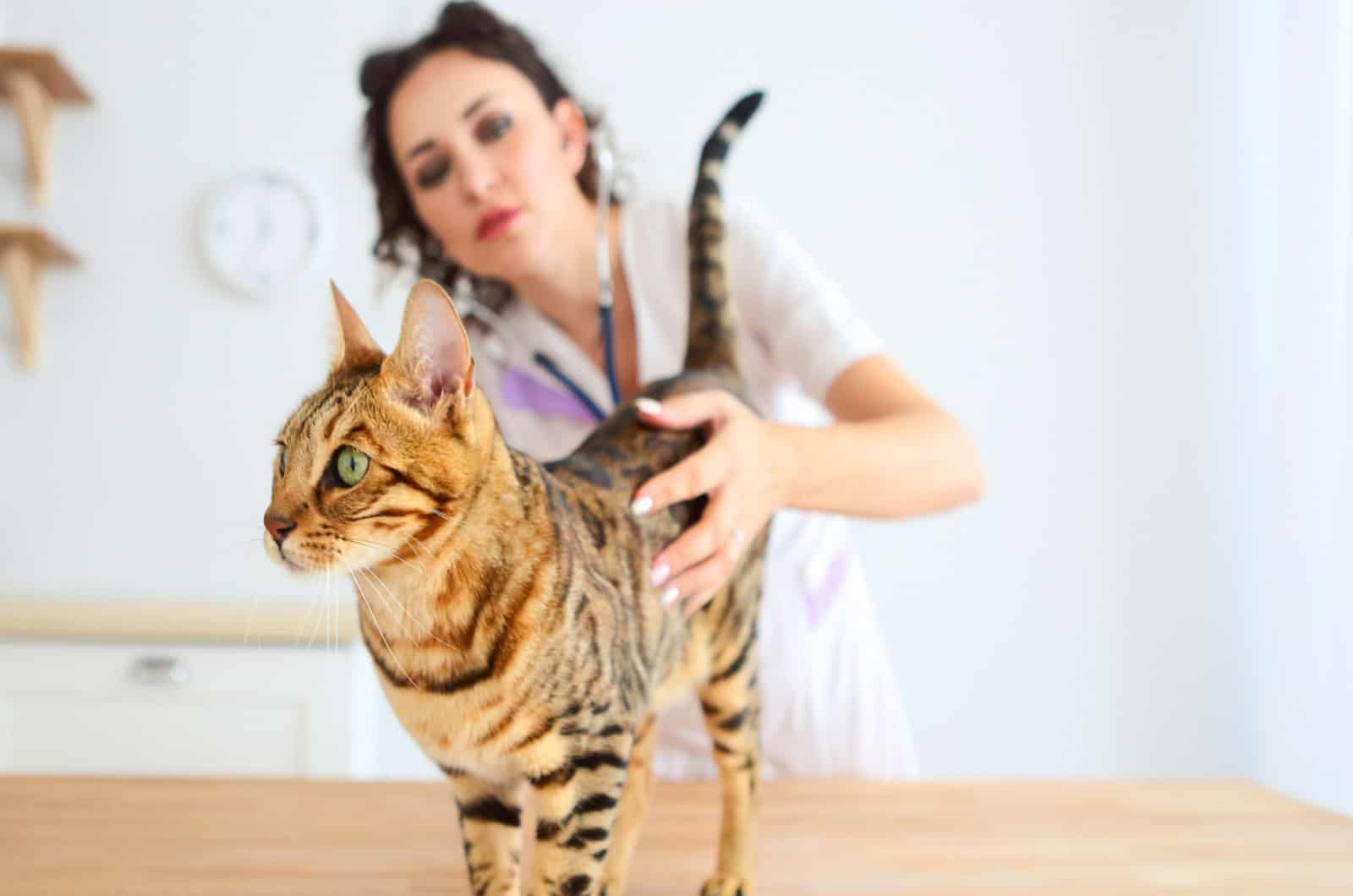
If you want to have a healthy Bengal cat, then start taking the cat to regular vet appointments from a young age.
Make sure that your Bengal kitten receives all the necessary vaccinations, dewormer medications, flea treatments, and other recommended veterinary care that is important for a young kitten.
As your pet grows, continue taking the cat to check-ups regularly so that you can be sure that your feline is leading a healthy life, or so you can react in good time if certain health issues are beginning to appear.
Spay/Neuter Your Kitty
It is well known that spayed and neutered cats live longer lives than intact cats, and there are many reasons for this.
If you don’t intend to breed your cat, then it is best to spay or neuter them in order to prevent them from contracting transmittable diseases.
In addition, most cats calm down after being spayed or neutered, and it can also decrease certain unwanted behaviors, (especially during mating season) such as spraying, marking territory, fighting, wandering, escaping, etc. There is also the risk of unwanted kittens to consider.
Pay Attention To Your Cat’s Dental Health
Bengal cats are prone to various dental issues, which is why it’s highly important to pay attention to their teeth. Make sure to check their teeth and gums regularly to make sure that everything is alright.
This is why it’s important to provide the cat with dry kibbles. You can also provide them with a (cat-safe) bone once a week that will serve as a natural toothbrush and help them maintain their dental health. Ask your vet for further advice on Bengal cat dental care.
More details about orange cat breeds + interesting facts about them!
Other Characteristics Of Bengal Cats
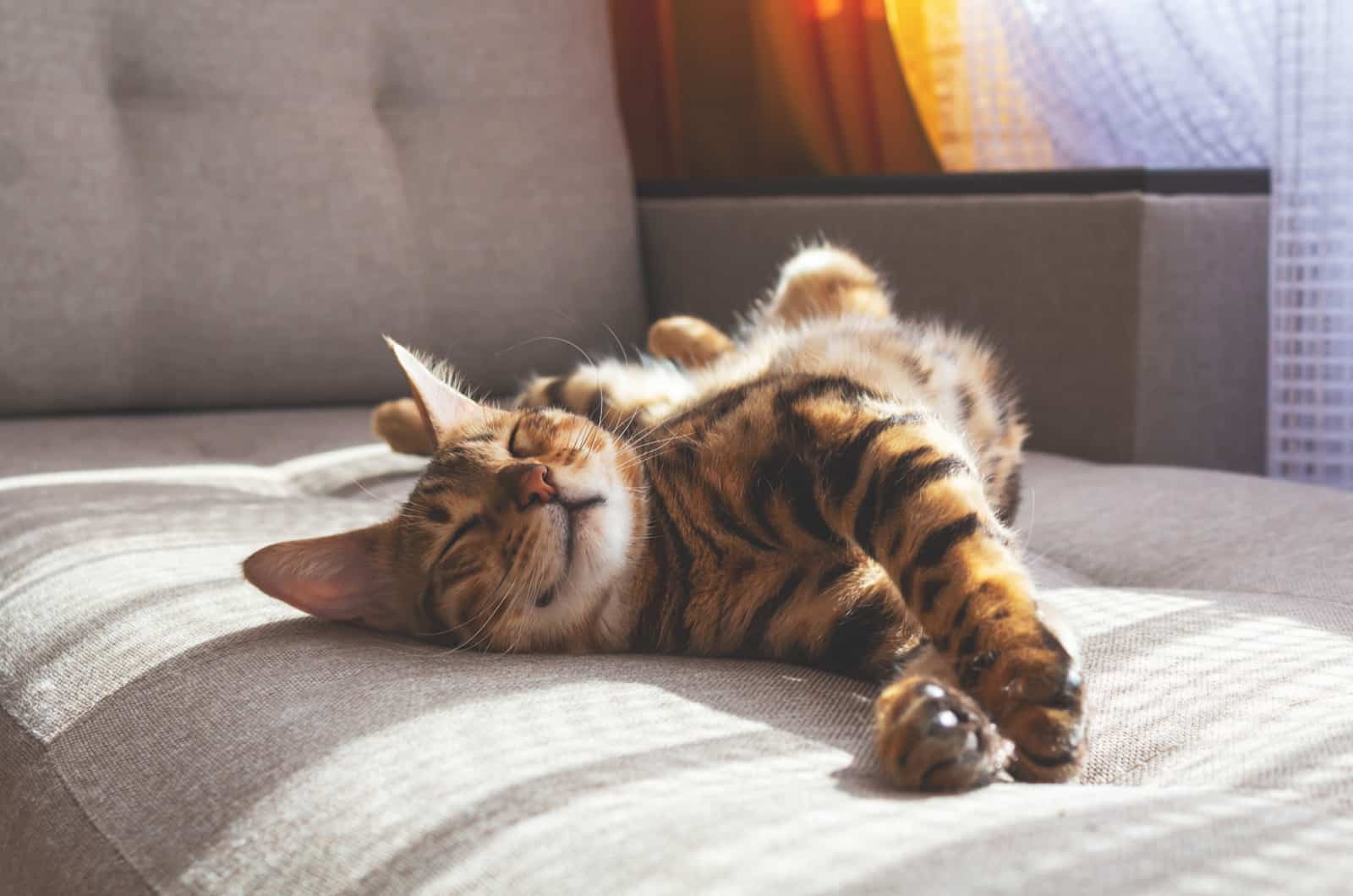
Origin
The Bengal breed is a relatively new breed of cat, thanks to the breeder Jean Mill. It has been accepted and approved as a purebred by The International Cat Association (TICA).
It’s believed that the Bengal cat is a descendant of the Asian leopard cat, also known as Prionailurus bengalensis, and domestic cats, specifically the Egyptian Mau.
Due to their origins, they have a unique appearance that is reminiscent of a cat from the wild.
Appearance
Bengal cats have an exotic appearance. They are very unusual because they look more like wildcats than domestic kitties.
They may reach a weight of 8-17 pounds, and male Bengals are slightly bigger than female Bengals. They have a muscular body shape and are slightly bigger than the average domestic cat.
Bengals have beautiful short hair that is super soft and it may appear in several different colors including silver, brown, and snow.
These colors are adorned with unique and specific coat markings. Bengal cats are the only breed that has marbled or rosette markings just like their ancestors, the wild Asian leopard cats. This is what gives them their wild look.
Just like tabby cats, they have a distinct “M” marking on their forehead. They may have various eye colors such as brown, yellow, green, and orange.
Personality
Now, let’s see what the Bengal cat’s personality is like!
As mentioned previously, Bengal cats are highly active cats, but in addition to that they’re also very intelligent. Because of their high intelligence level, it’s not a good thing to let these cats be bored as it may result in negative consequences such as unwanted behavior.
It is crucial to socialize and train Bengals properly from a young age so that they are secure, well-adjusted, and understand boundaries. Bengal cats can meow a lot and be quite talkative, so, I hope you enjoy talking to them!
These cats are also extremely curious which is why it’s not a good idea to leave them without supervision as they can get up to mischief when exploring.
However, besides all of that, these cats still know how to cuddle and will often show you their affectionate side after a good playtime.
Care & Living Needs
These cats have short, soft fur which means that they are very easy to maintain. Bengal cats don’t require a lot of grooming as they don’t shed a lot.
A simple weekly brushing is usually enough for these cats in order to keep their coats in a good condition and to help them remove any dead and loose hair, especially during the shedding season.
Because they don’t shed a lot, and also because they produce lower amounts of cat allergen, Bengals are often considered as hypoallergenic cats.
While no cat is completely hypoallergenic, Bengal cats may sometimes trigger fewer allergic reactions than other cat breeds.
Wrapping It Up
Bengal cats are special and unique for many reasons. One of these reasons is their long lifespan and their healthy nature.
Even though they’re prone to a few specific health issues, Bengals are generally very healthy cats. A Bengal cat’s lifespan may be somewhere between 12-17 years, but some, especially those with high-quality standard of living, may even reach 20 years without any problems.
If you plan on getting a Bengal cat for your home, make sure that you’re properly prepared, that you know everything about this breed of cat and that you can provide them with everything that is necessary for them to be healthy and happy.
Remember these helpful tips if you want to improve your Bengal cat’s life, and if you want them to be your best friend for a very long time!
Like this post? Share or pin it for later!


